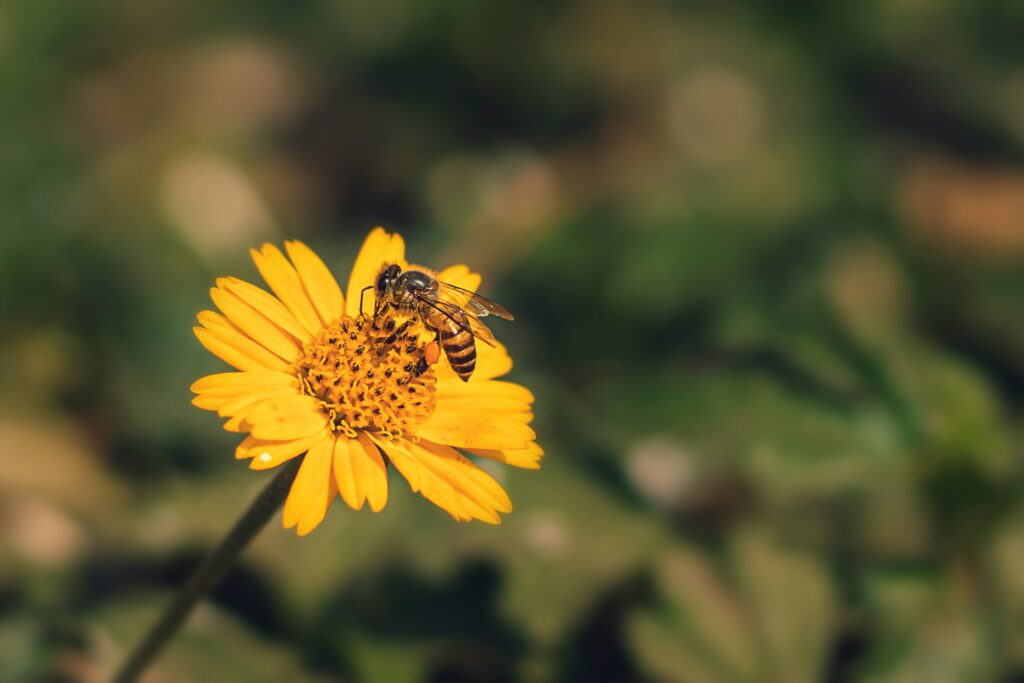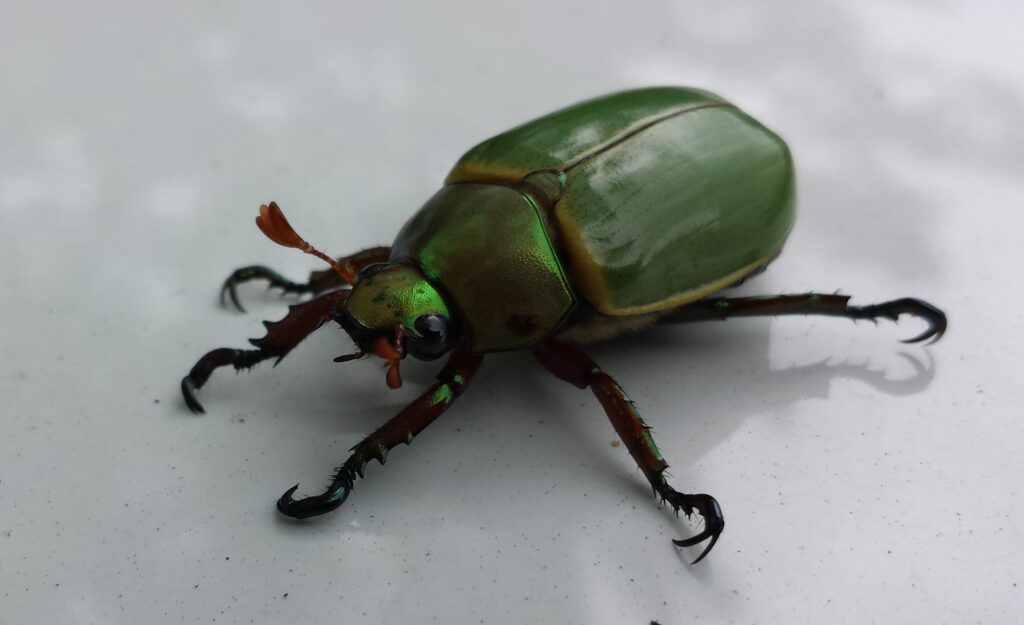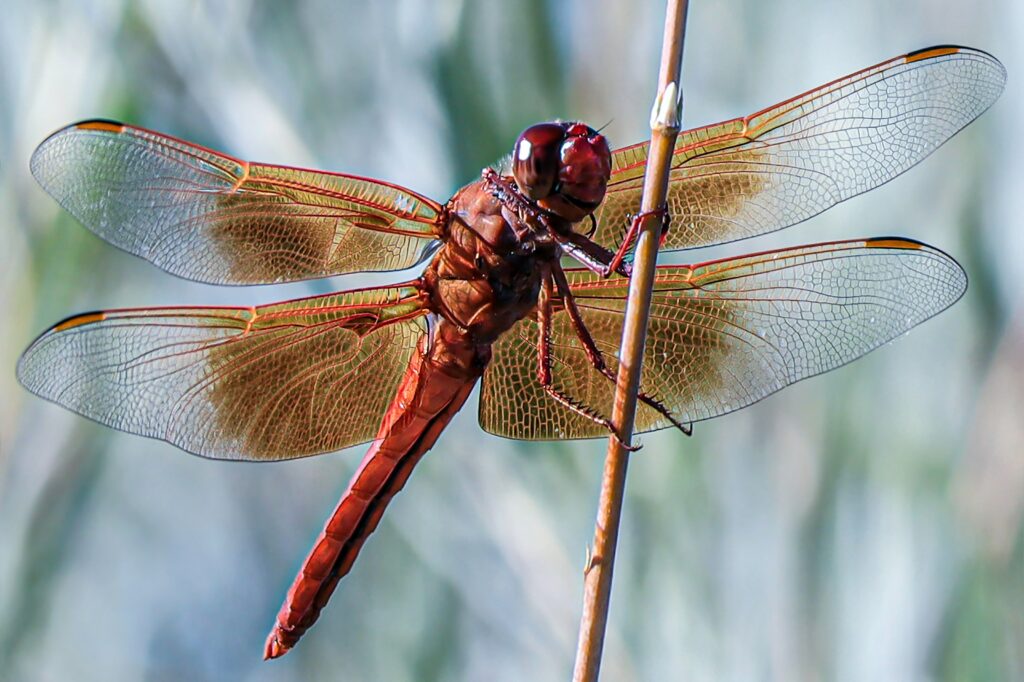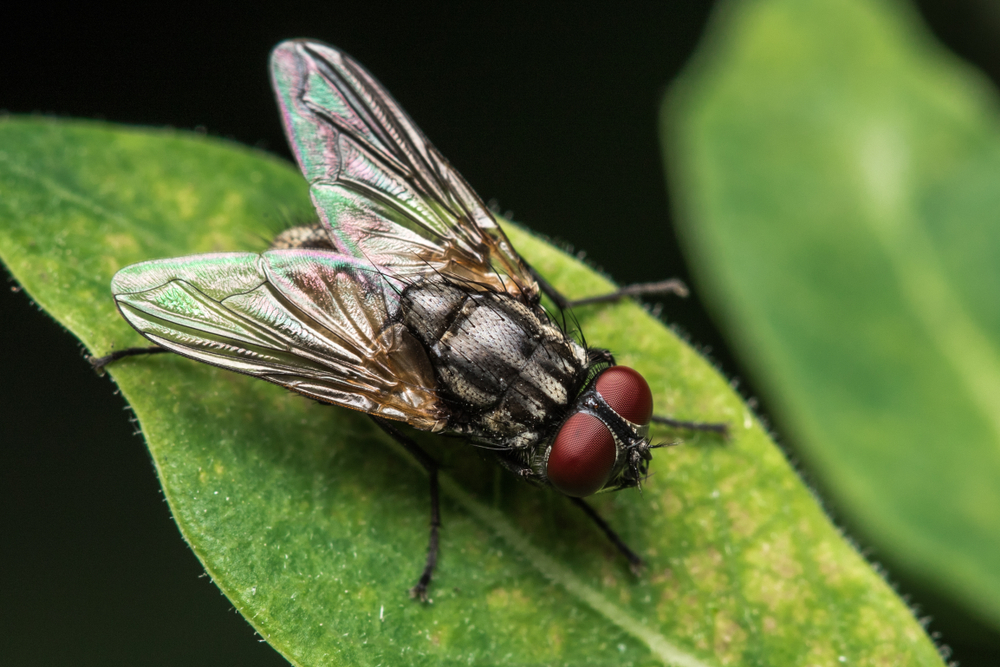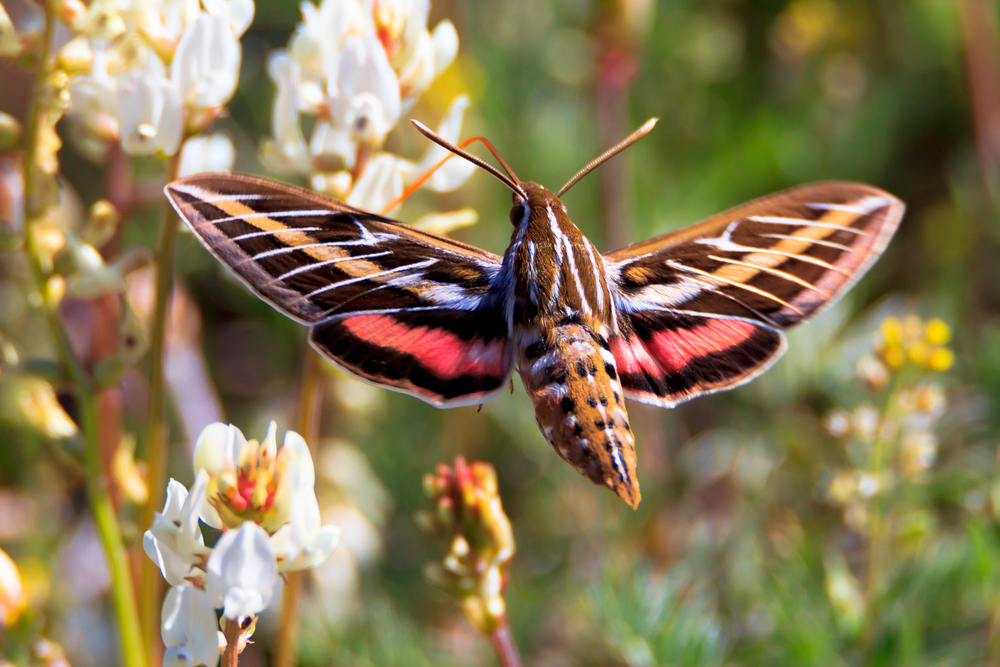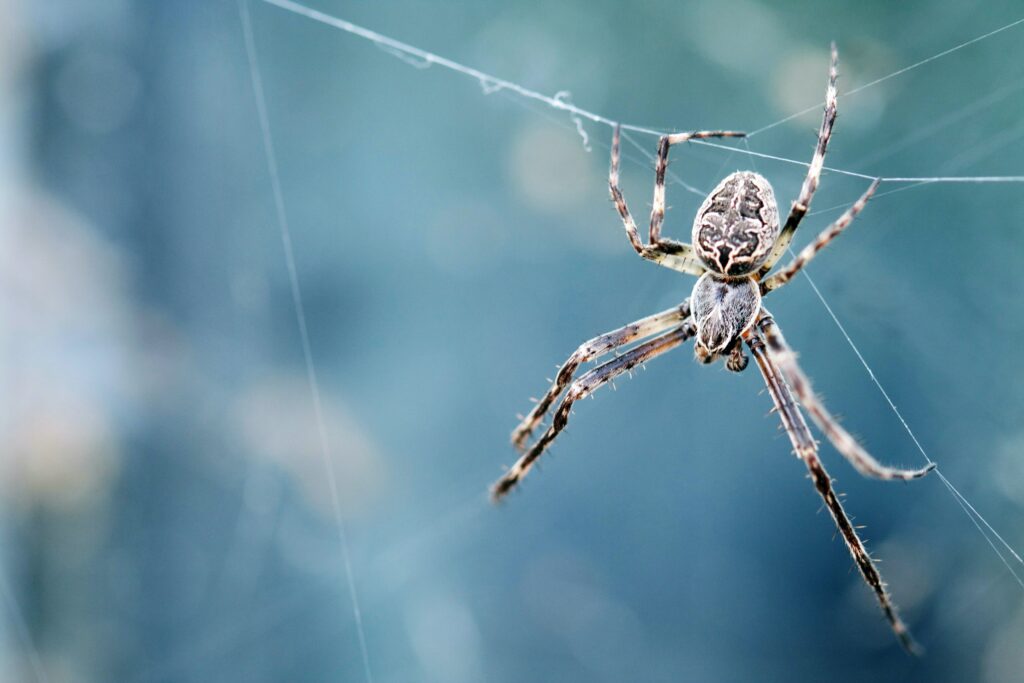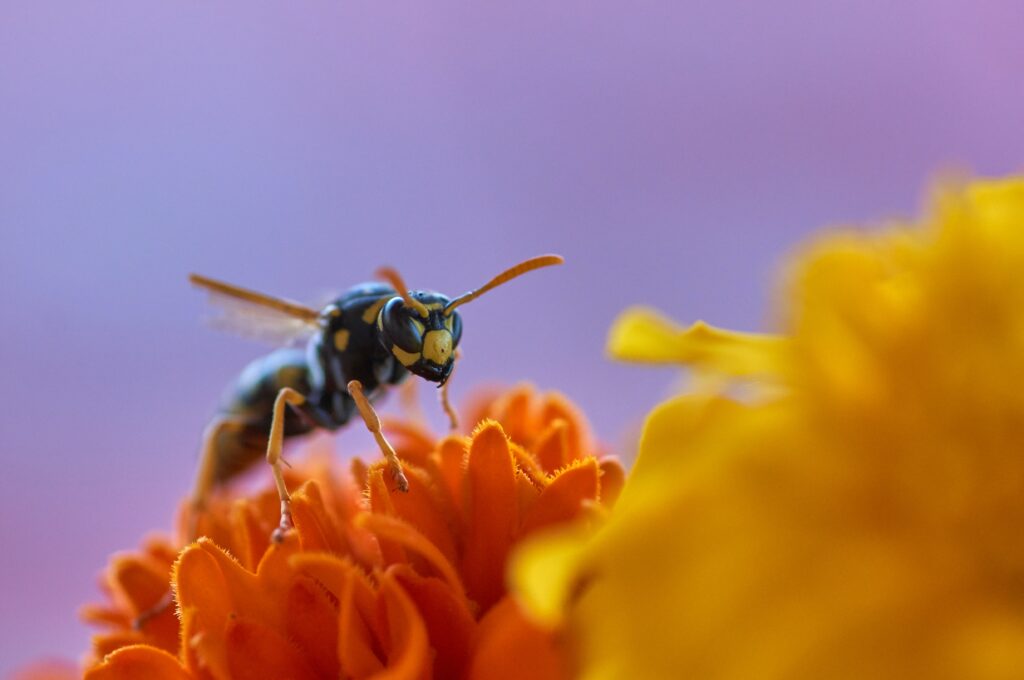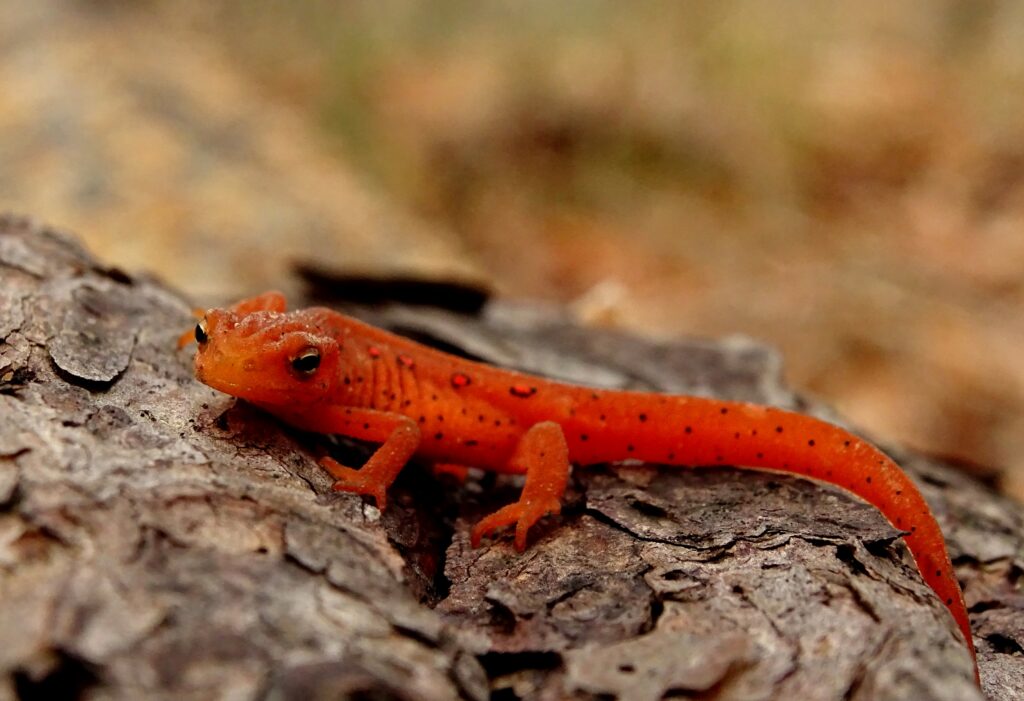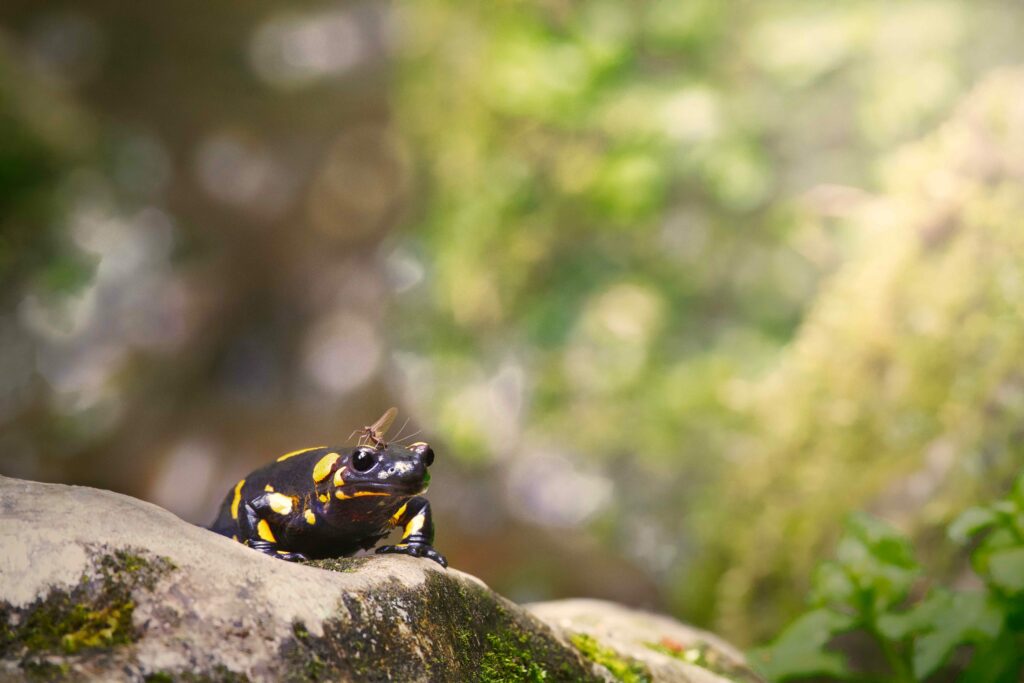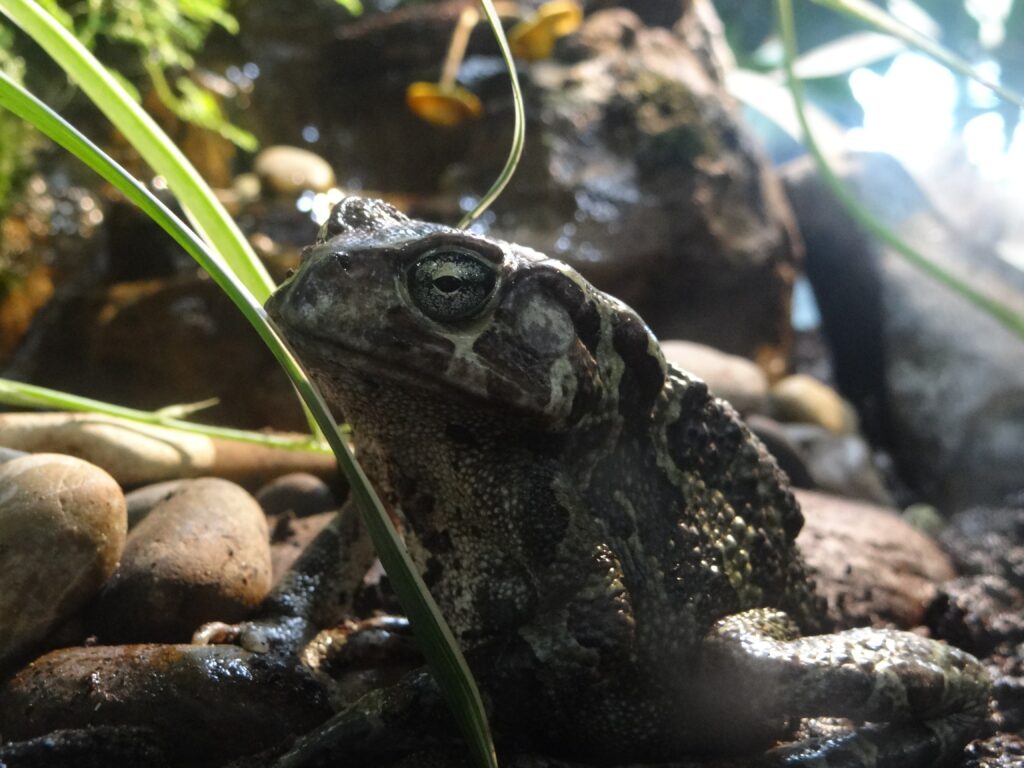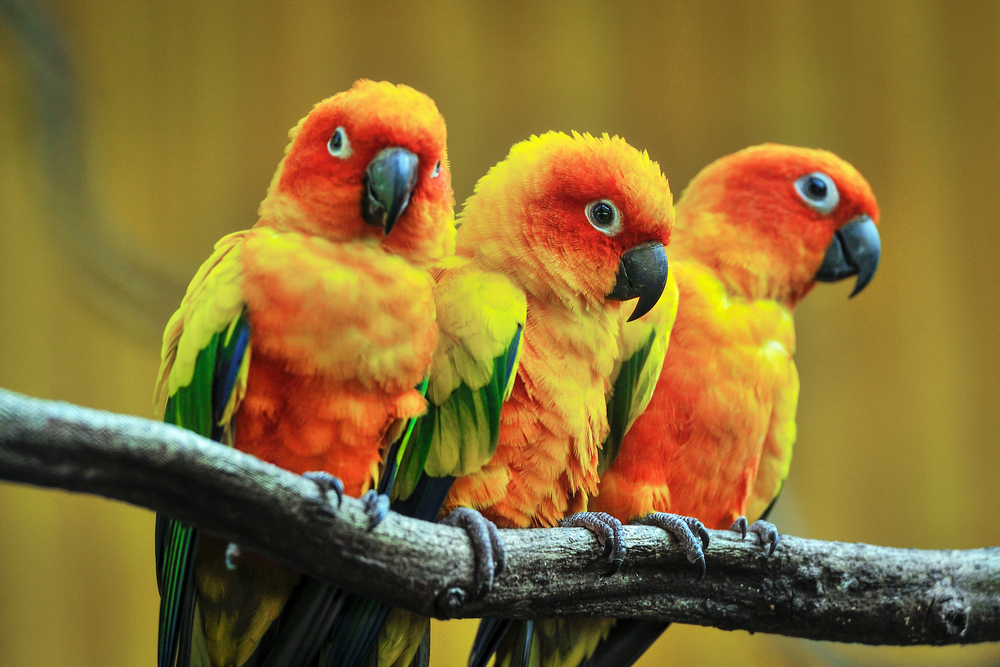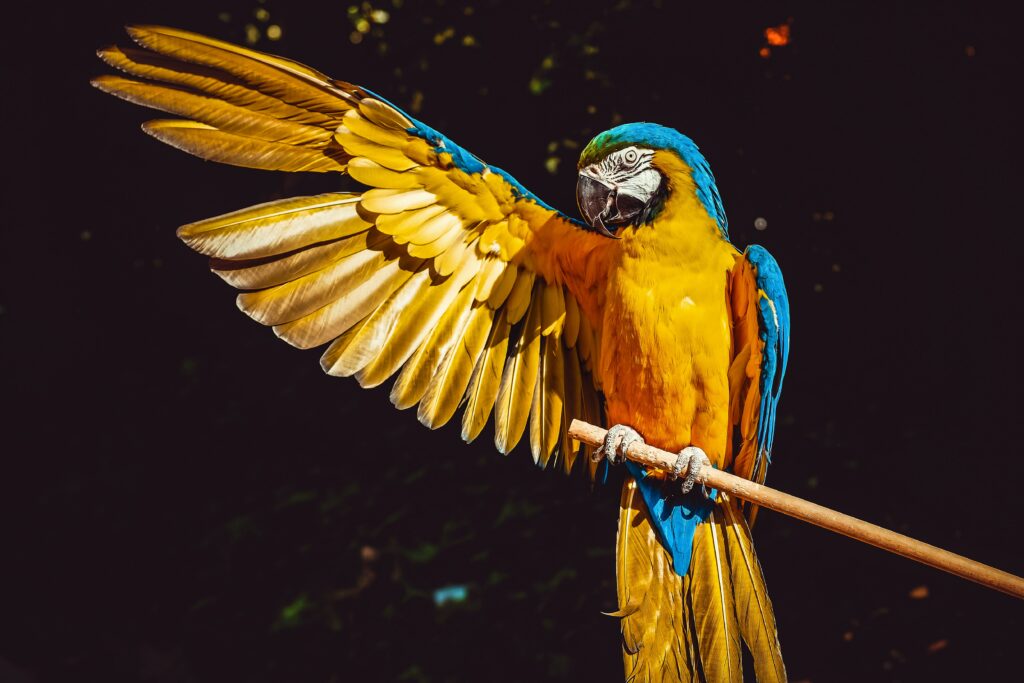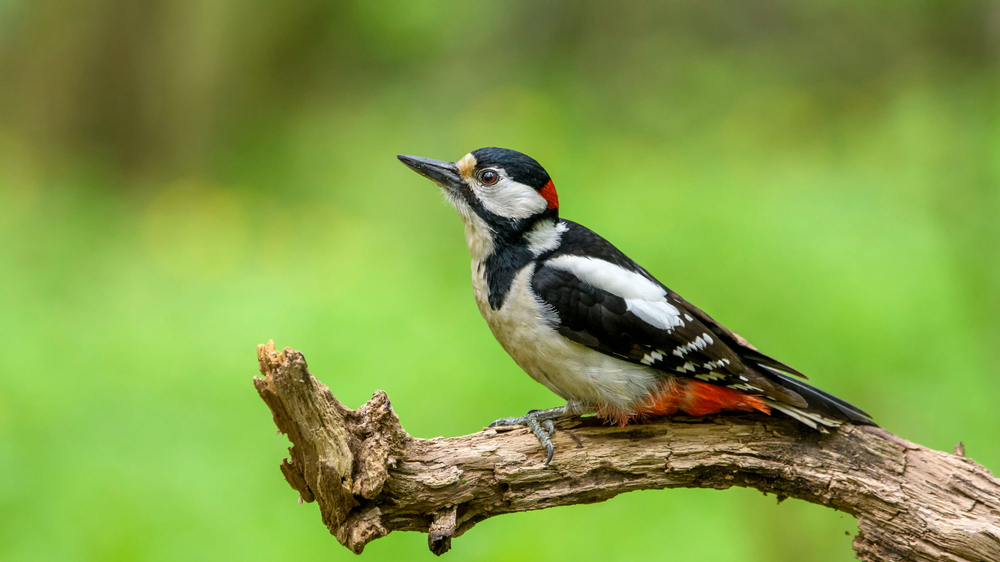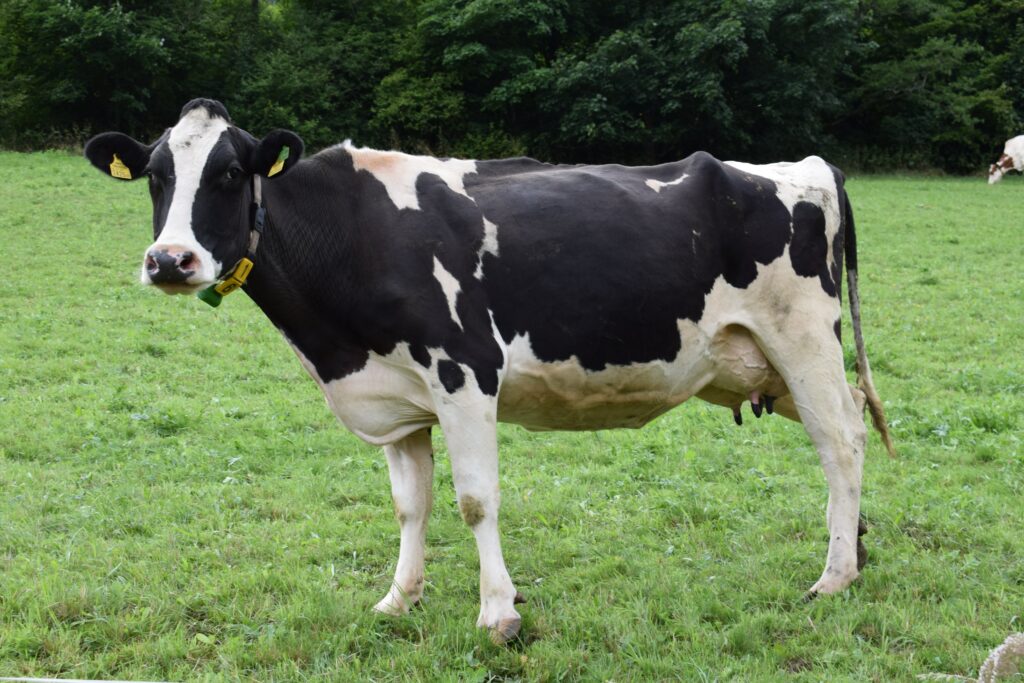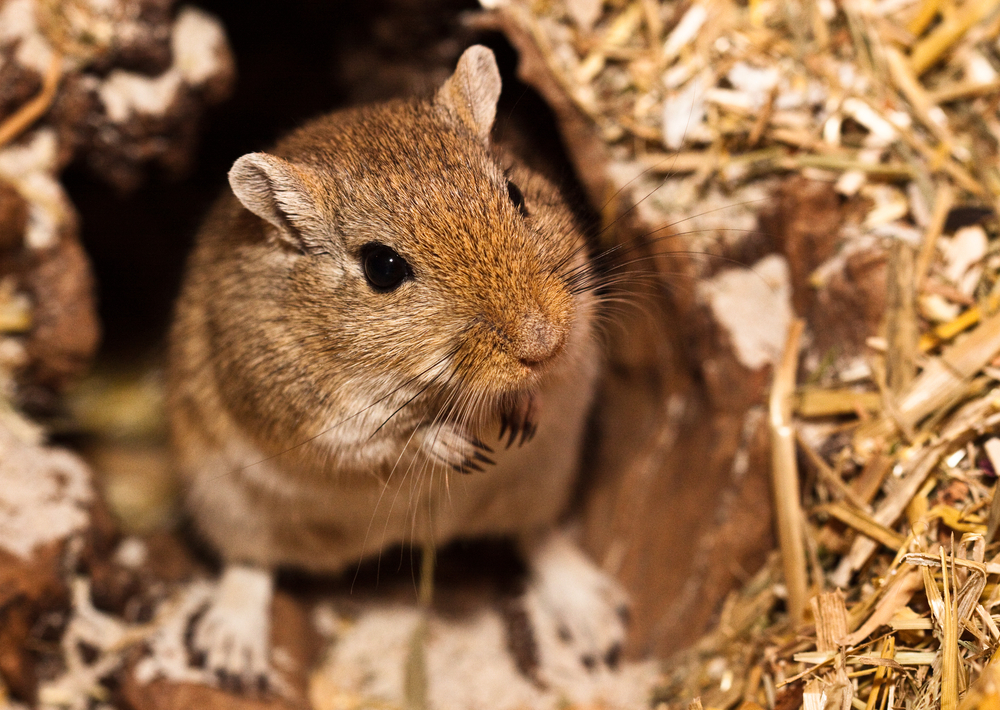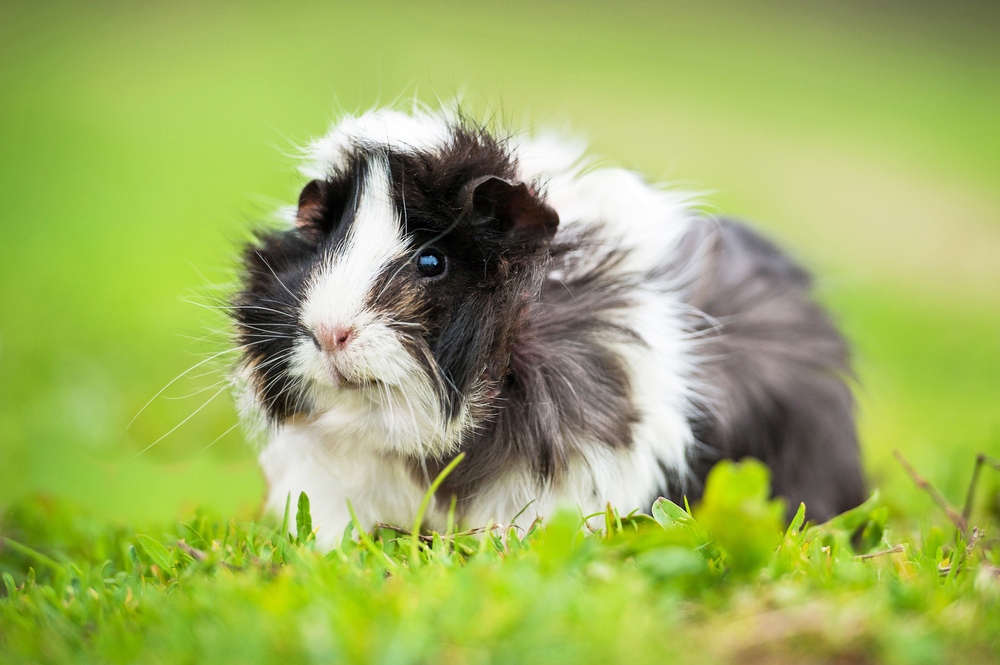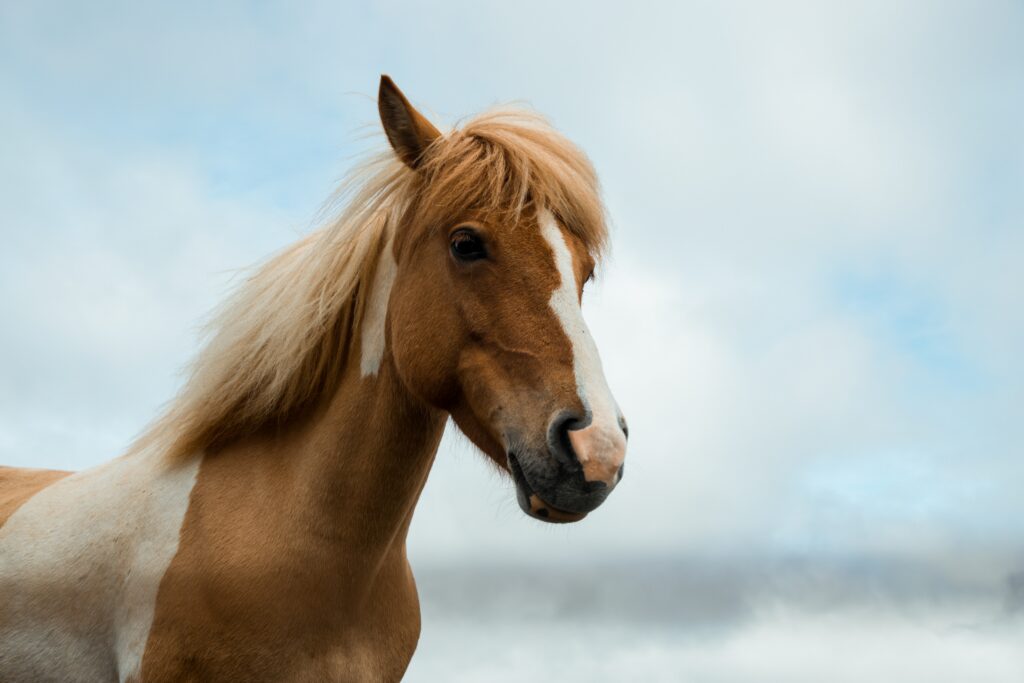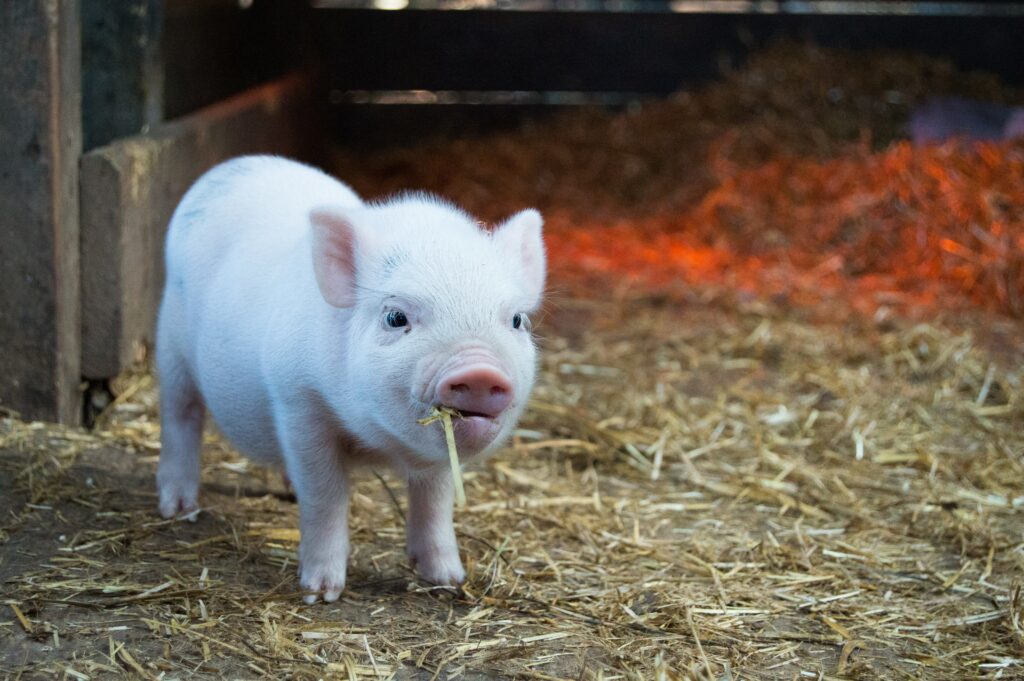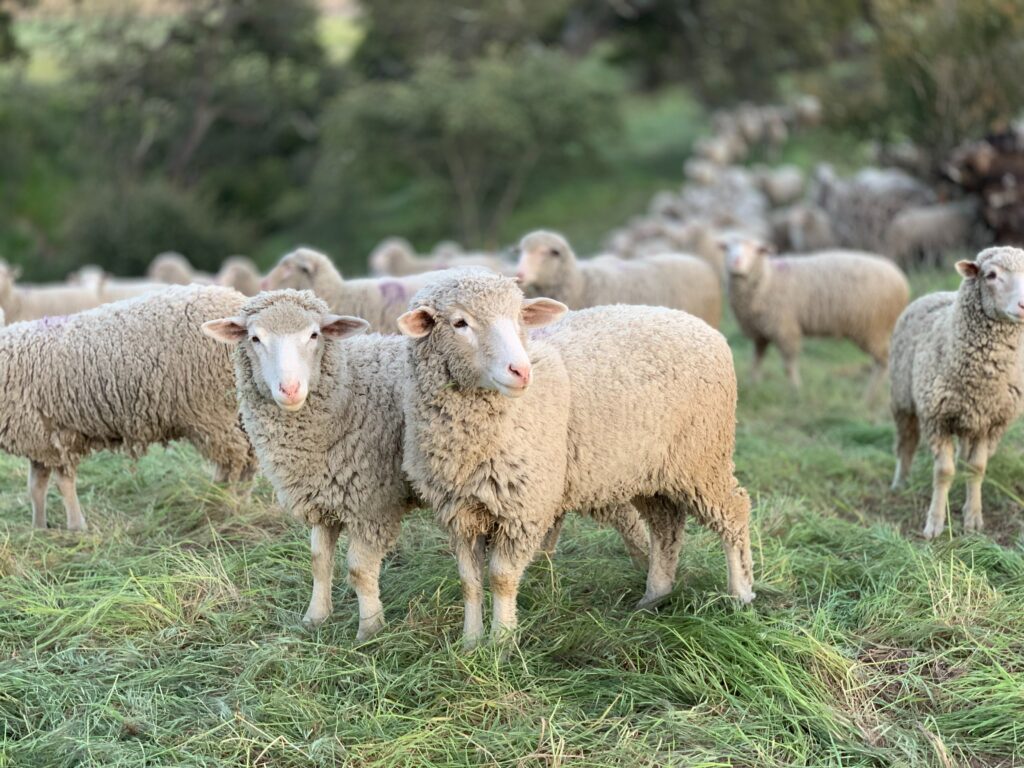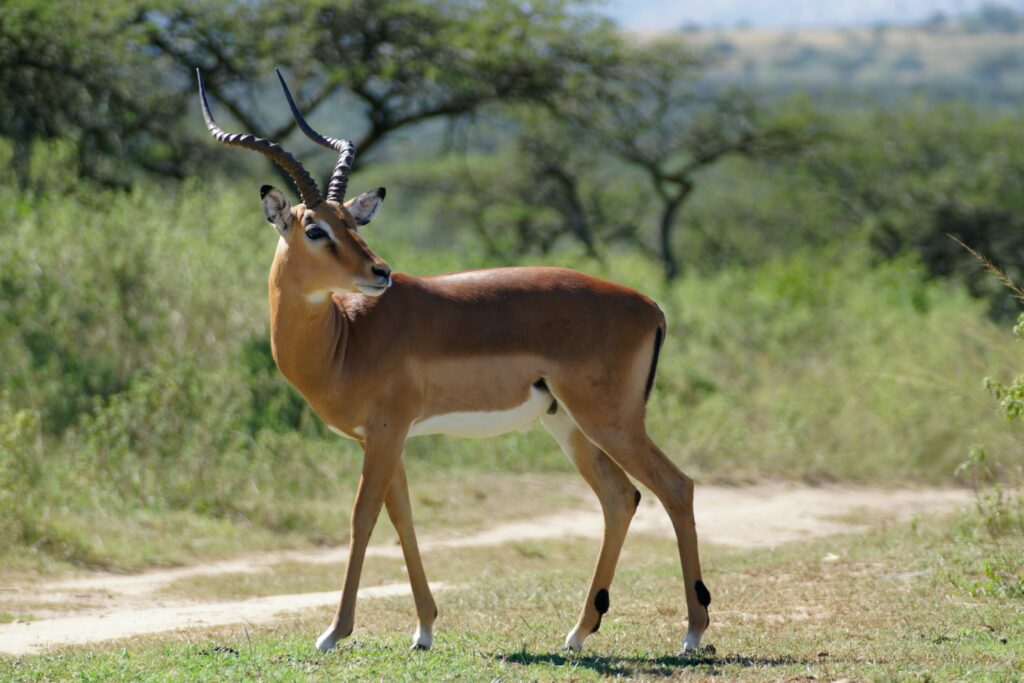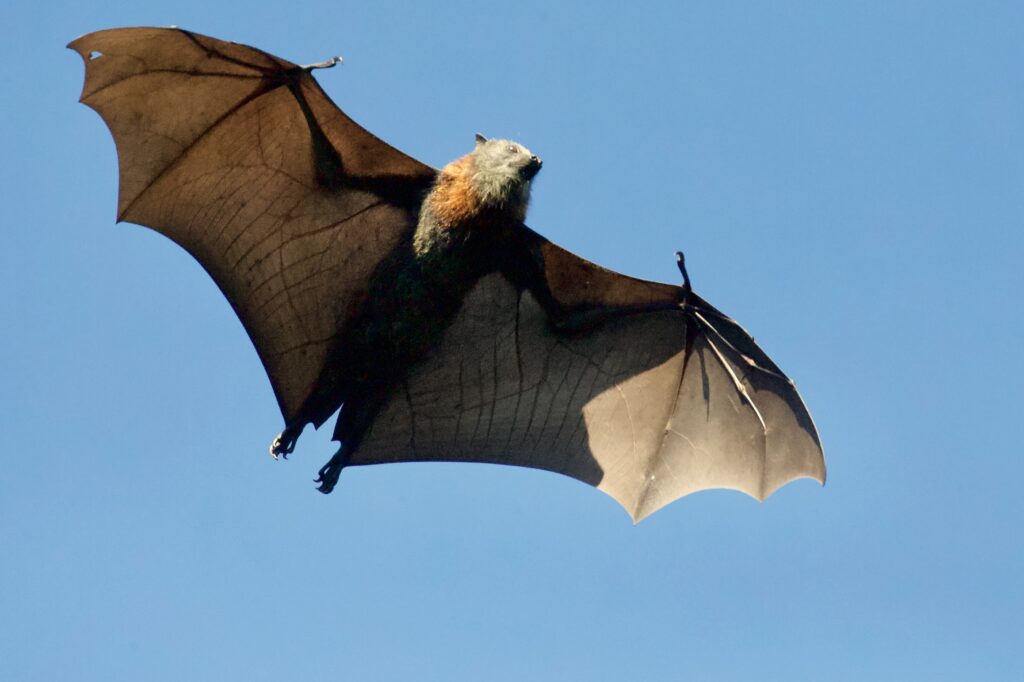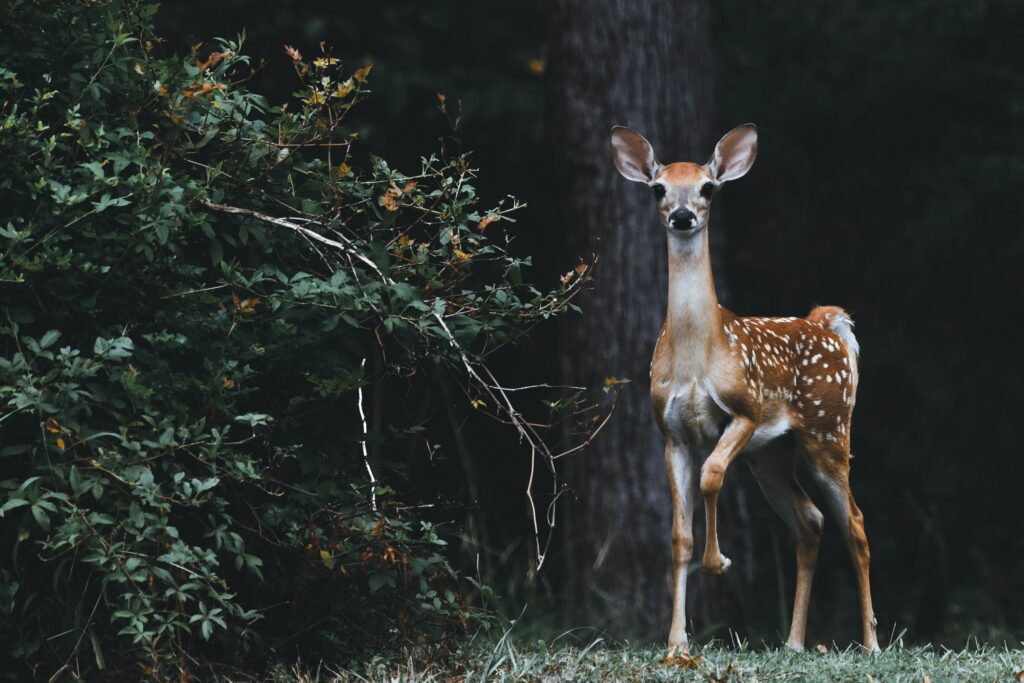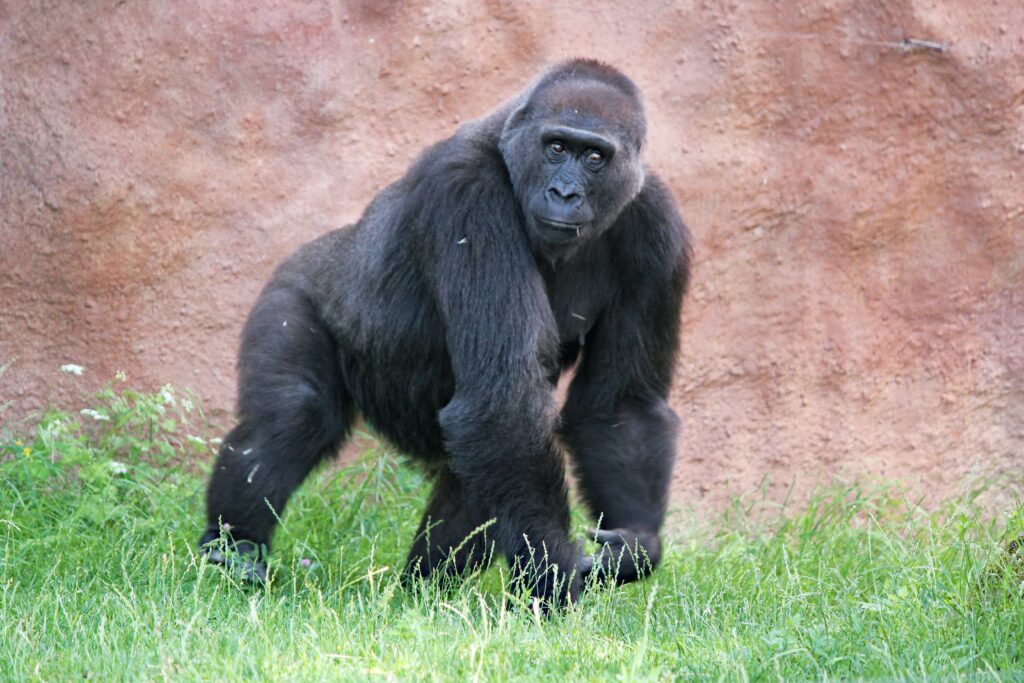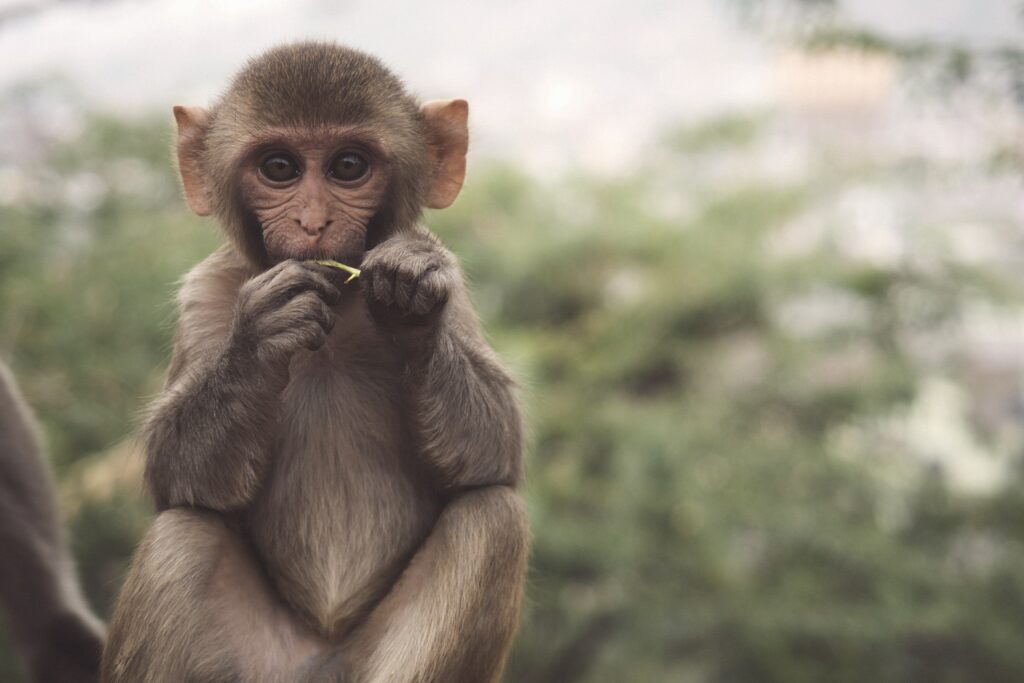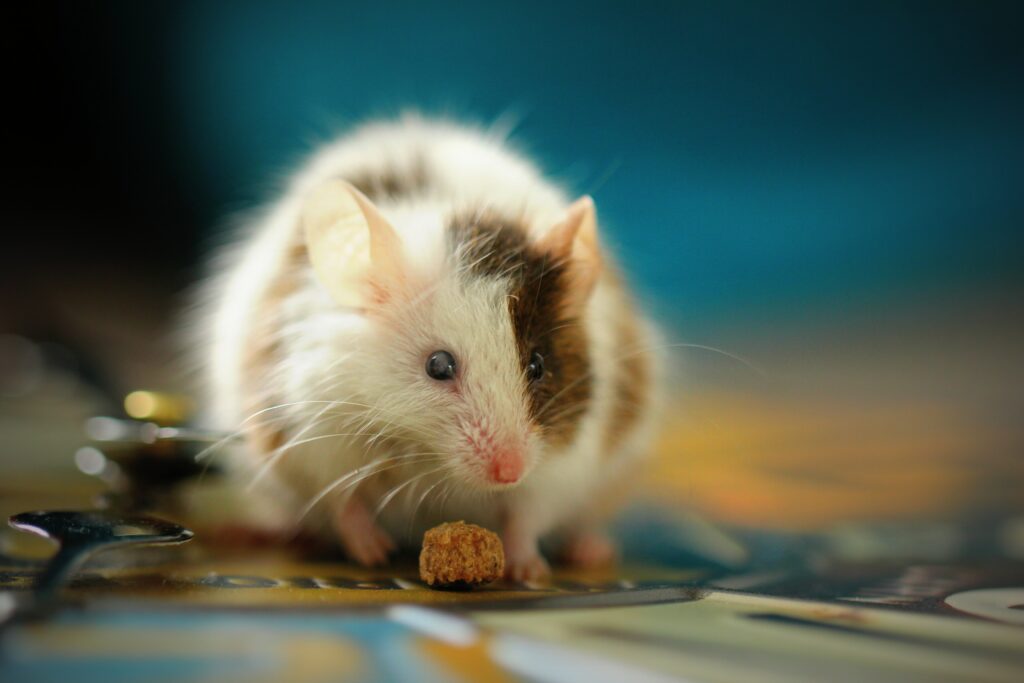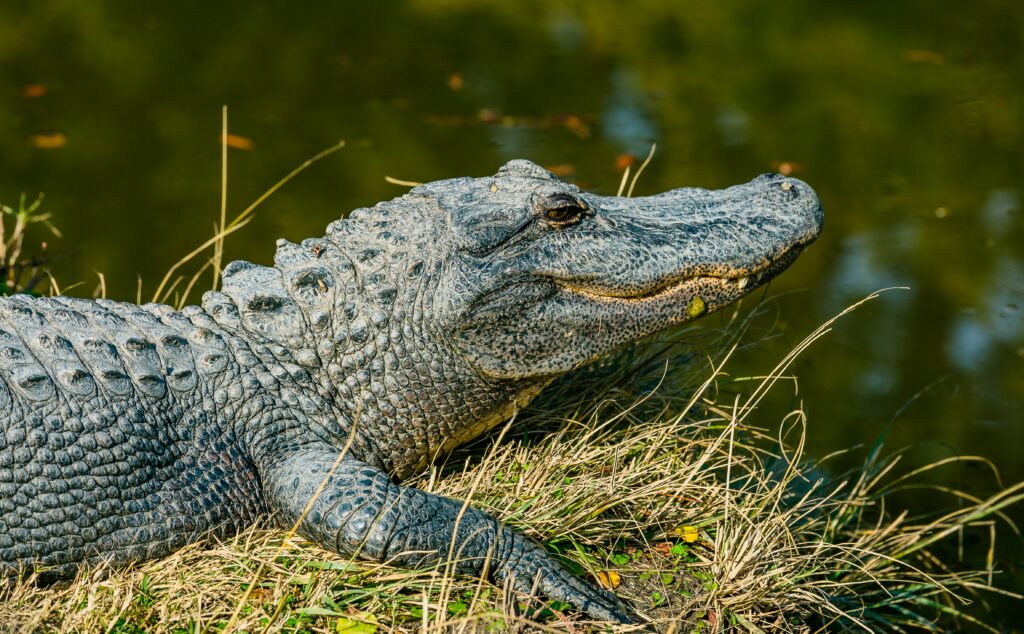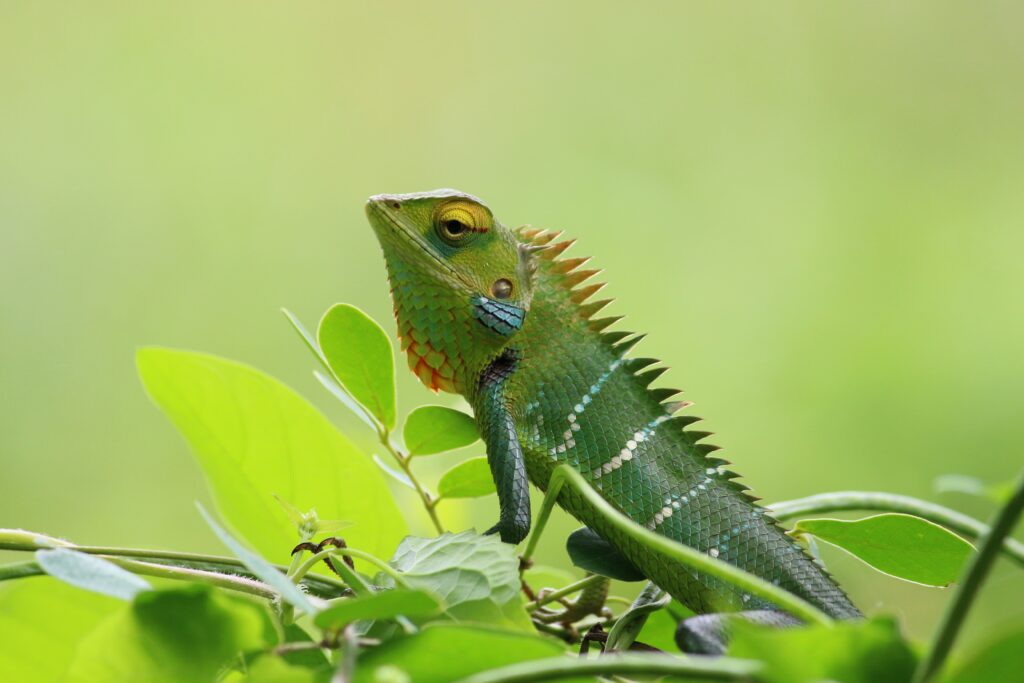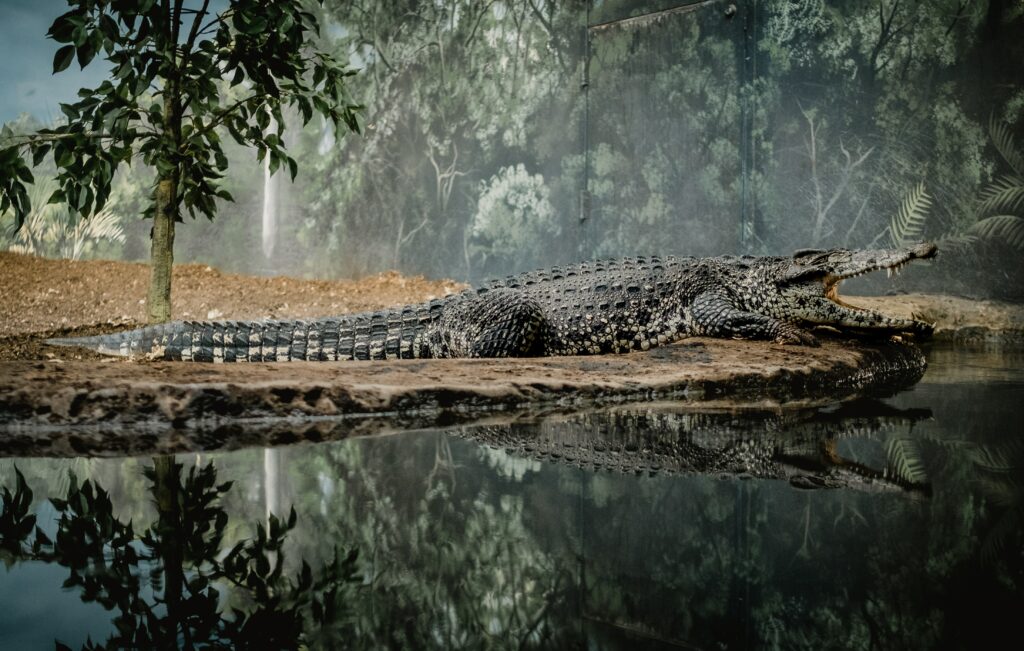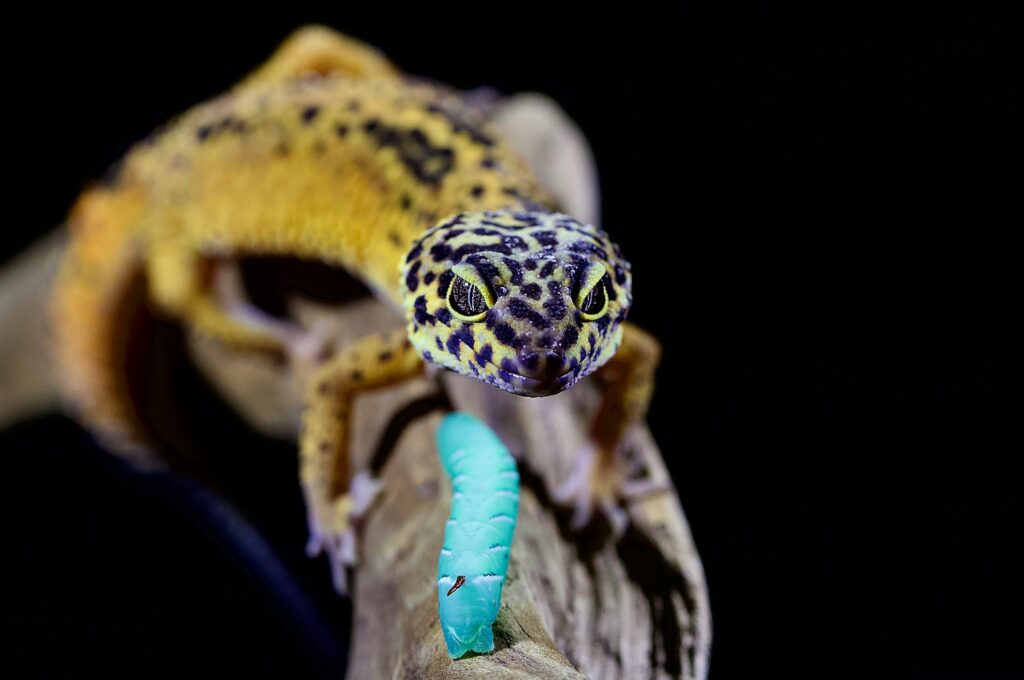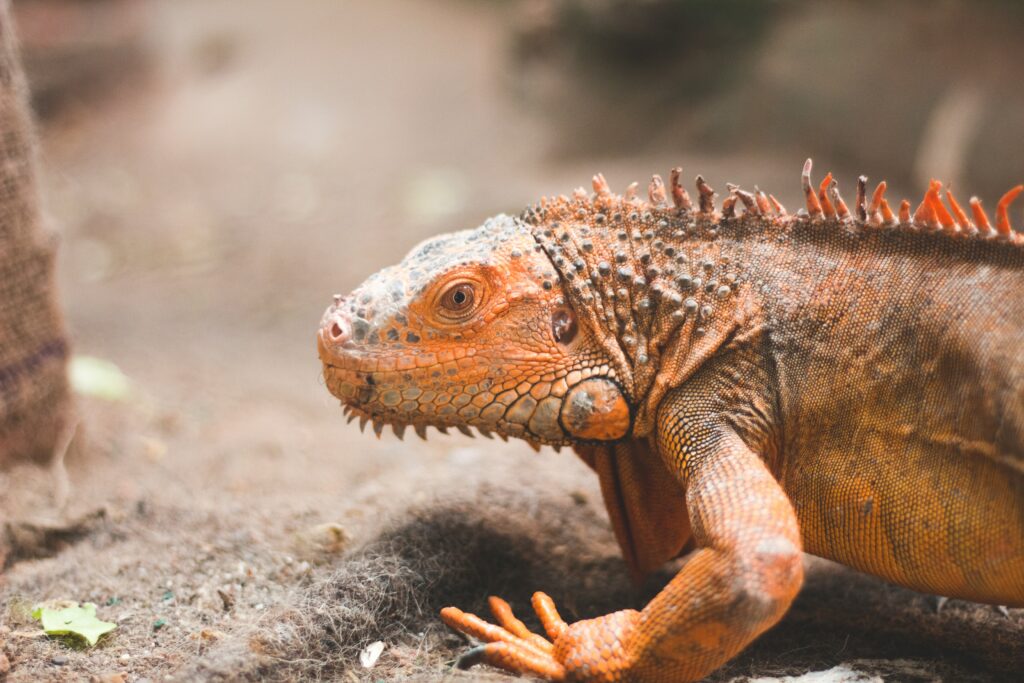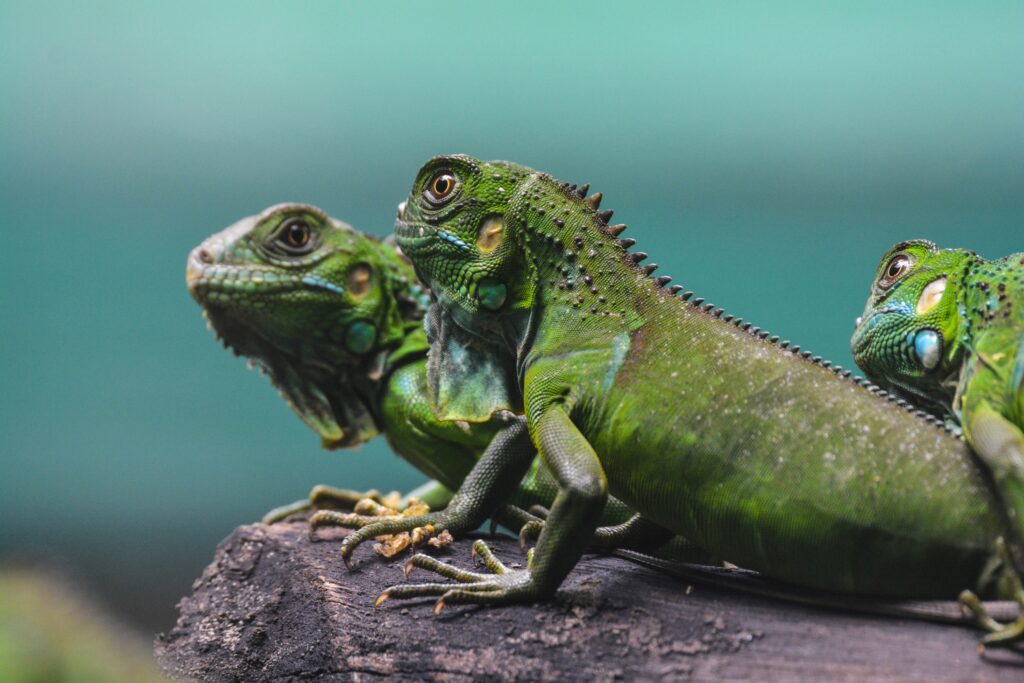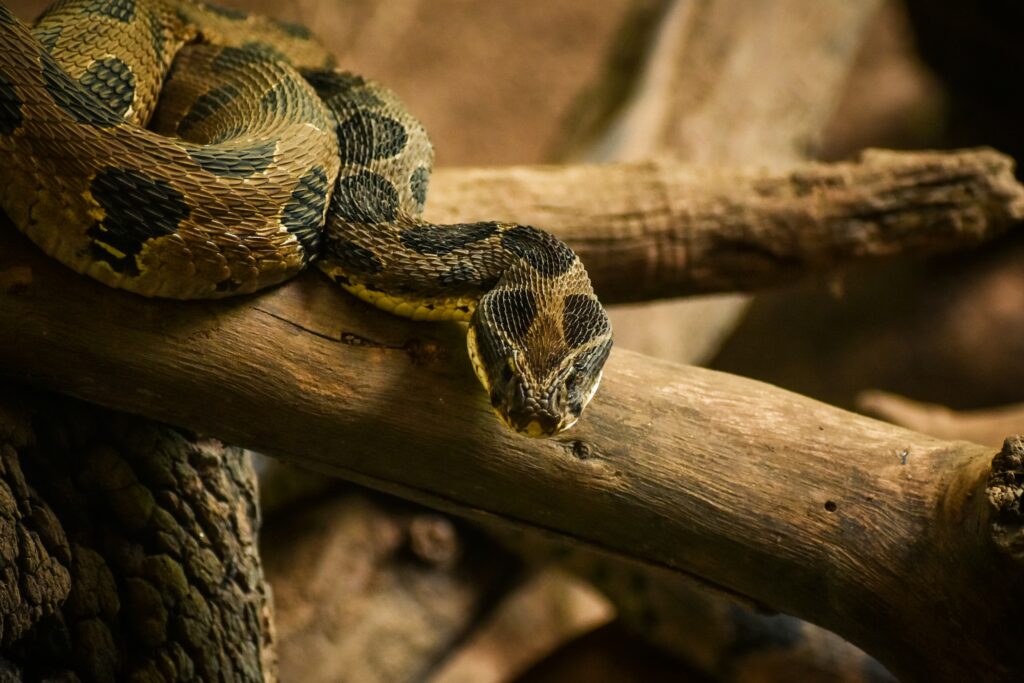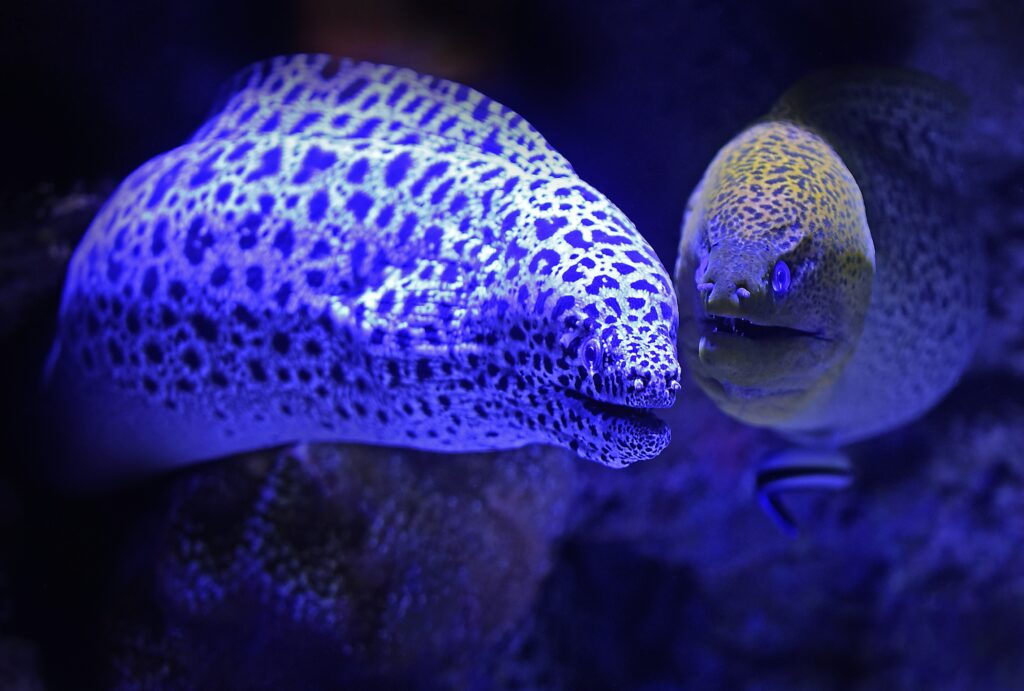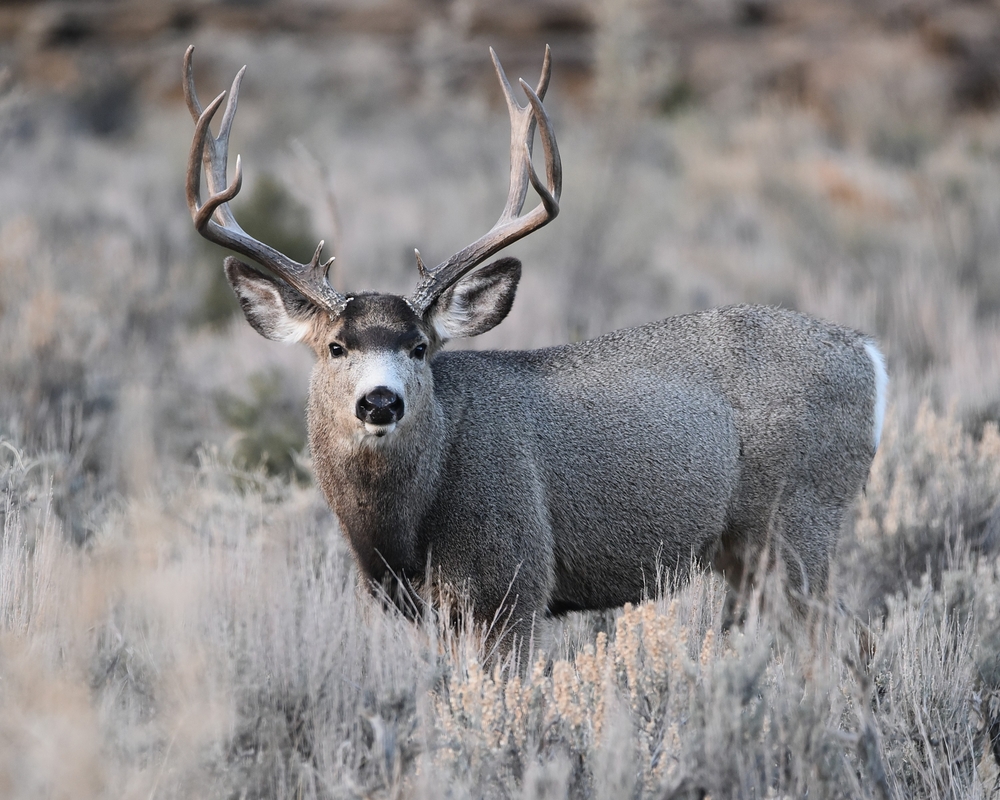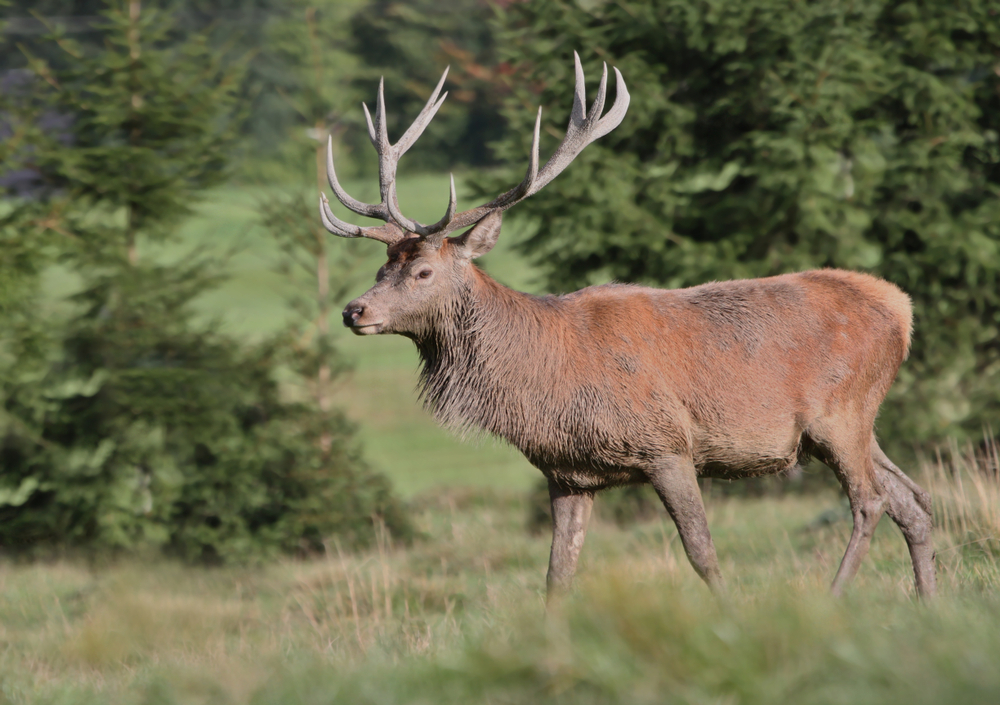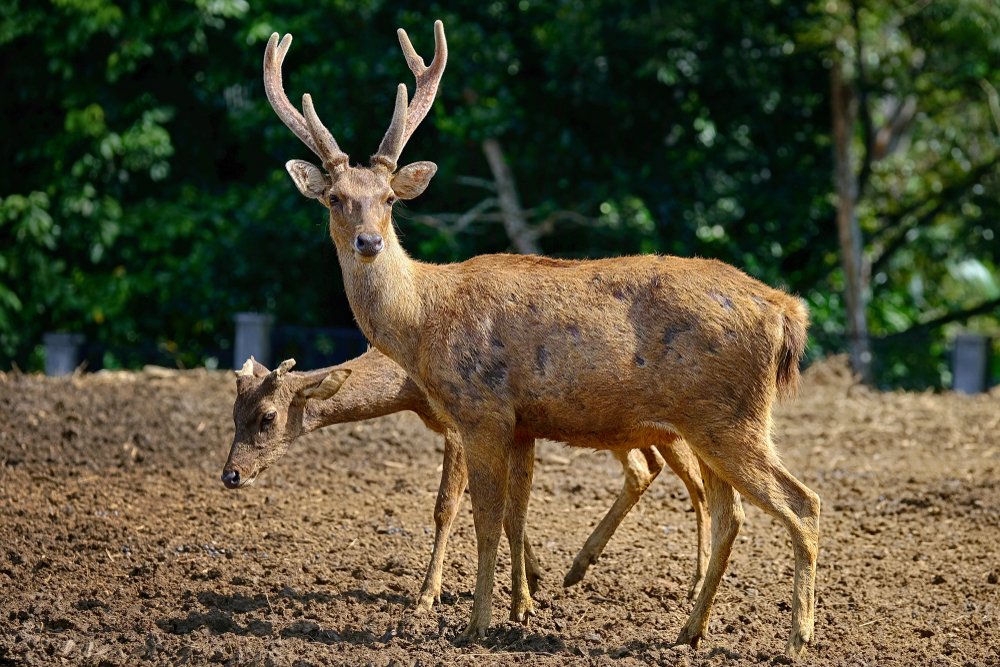Uniqueness
The Chital is one of the most iconic and widely recognized deer species in Asia, distinguished by its elegant appearance, social behavior, and ecological importance. While common in its native range, it possesses several unique traits that set it apart from other deer. Below is a structured overview in the style of the AK Uniqueness document:
Permanent White Spots:
Unlike many deer species whose fawns lose their spots after infancy, Chital retain their white spots throughout life, creating a striking and distinctive appearance that blends well with dappled forest light.
Year-Round Antler Cycle:
Male Chital do not follow a synchronized antler cycle. At any given time in a population, some males may be in hard antler, velvet, or shedding stage, allowing for continuous breeding year-round—rare among temperate deer species.
Highly Social Structure:
Chital are extremely gregarious, often found in large mixed herds that include females, fawns, and several males.
Monkey-Deer Alliance:
One of the most fascinating behaviors is Chital’s symbiotic relationship with Hanuman langurs (gray langur monkeys):
-
Chital benefit from dropped fruits and leaves as langurs forage above.
-
In turn, langurs use the Chital’s sharp senses and alarm calls as early warnings for predators like tigers and leopards.
This interspecies cooperation is rare and showcases their ecological intelligence.
Signature Alarm Call:
Chital produce a loud, high-pitched alarm bark when they detect danger.
Sacred Status in Indian Culture:
Chital hold cultural and religious significance in India.
-
Often associated with Hindu deities and frequently mentioned in ancient Sanskrit texts, they are symbols of grace, innocence, and natural beauty.
-
Their protected status in many reserves also stems from their cultural reverence.
Global Presence through Introduction:
Though native to South Asia, Chital have been introduced to other regions, including:
-
Texas (USA): where they form feral populations on ranch lands.
-
Australia: established in select areas, often managed for game purposes.
Ecological Keystone Species:
In South Asian forests, Chital are a keystone prey species for apex predators such as tigers, leopards, and dholes.
Their abundance and mobility help shape predator populations and influence plant growth through grazing patterns.
The Chital’s combination of aesthetics, sociability, and ecological significance makes it one of the most unique deer species in the world. Its ability to adapt, its cultural value, and its role in forest ecosystems reflect both natural elegance and ecological importance.

